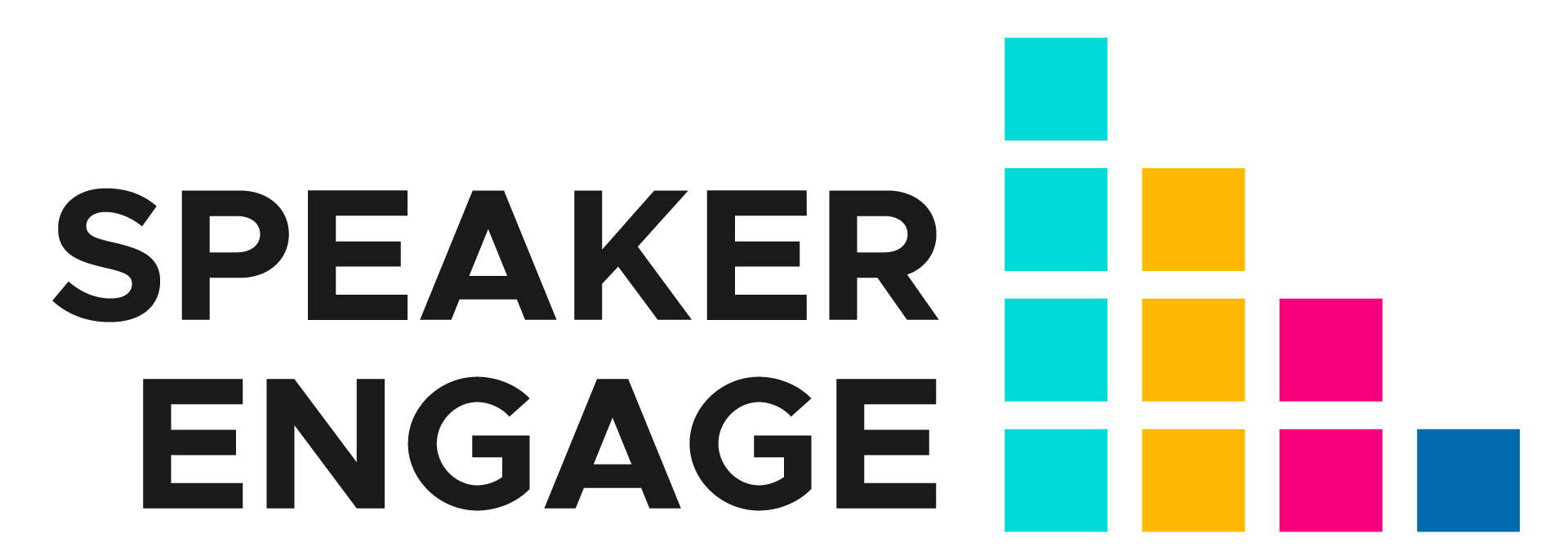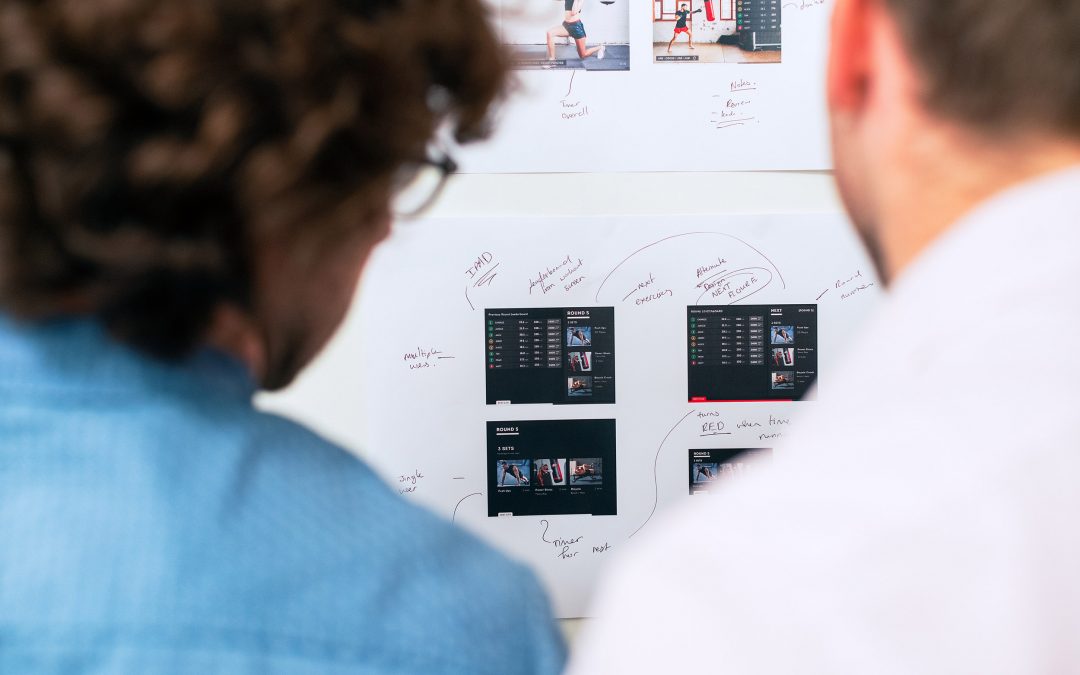In the ever-changing world of event management technology, keeping up-to-date with the latest trends is crucial to delivering outstanding value to attendees. Meanwhile, attendees can also benefit from a more straightforward registration process, enhanced technologies such as virtual reality, augmented reality, and live streaming, especially when physical events have taken a backseat due to Covid-19. If you are an event technology strategist or working towards becoming one, you can look at onboarding some of these changes to gain an edge vis-a-vis your competitors.
The catch is, new technologies are always on the horizon, and it can be a challenge to keep track of what is relevant and what is not. Here are some useful trends in event management technology to increase ROI from your events.
- Wearable tech
Near Field Communication (NFC) enabled smart badges and wristbands can help attendees extract more value from events. For example, wearable tech can be used to make cashless payments, gain exclusive access to different parts of an event, receive marketing collateral, and more.
Wearable tech can also control access to events, increase check-in speed, help to monitor attendees’ behavior, and improve security with fewer staff involvement. Note that, in exhibitions, not all the booths get the same footfalls. Event strategists can identify such stalls and take action to increase footfalls.
- Facial recognition
Today, most high-footfall events require attendees to upload their photographs for registration. Here’s how it is done. When attendees are standing in queue to mark their presence at an event, their facial features are scanned using a particular reader. Matches lead to personalized actions, such as printing badges with the guest’s photo on them, transferring digital vouchers (for food), and swag bags to attendees.
Facial recognition can streamline guest touchpoints and generate data to enhance the quality of future events. It allows event planners to automate critical tasks, lower workforce requirements, and other miscellaneous costs.
-
Projection mapping
In projection mapping, videos are projected onto objects to deliver a spatial augmented reality experience. The items can range from buildings and theatrical stages to small indoor objects. When used strategically, projection mapping can create excitement around an event, leading to better engagement.
Projections needn’t be limited to videos – they can be any creative content – maps of the layouts, art displays, social media walls, and more. It can transform spaces without undertaking physical construction or deconstruction, giving event planners more bang for their buck.
- Second screen
During some event segments, such as meetings and presentations, you can expect attendees to use their smartphones. It is called ‘second screen’ technology and can create engagement with attendees while enhancing your learning and understanding of their behavior through insights.
Attendees can use the second screen to follow presentations, take part in text-based Q&A sessions and quizzes, and even take notes. It also enables attendees to view tables, graphs, videos, social media pages, and websites. Second screen technology improves the attendees’ experience, keeping them attentive and engaged with events.
- Indoor wayfinding
You might have used Google Maps for navigation at some time. Similarly, with indoor wayfinding, attendees navigate through the event venues. It works through Bluetooth beacons installed at strategic locations in event venues that transmit signals to mobile apps.
Indoor wayfinding has the potential to replace indoor signage, saving money event planners might otherwise invest in producing, shipping, and placing these signs. Attendees will also appreciate that they no longer have to ask people for directions. Another benefit is the opportunity to incorporate proximity advertising, delivering better event ROI to your sponsors.
- RFID tracking
Radiofrequency identification uses radio waves (through a reader) to identify information stored on a tag that a person wears. Event planners can use RFID technology to identify attendees, streamline entry into venues, and prevent fraud. They can also use RFID to track attendee behavior and build their profiles for sending targeted messages.
The analytics you gain from RFID tracking can be used to improve events by tracking how popular an event was, how much time a guest spent in an exhibitor’s booth, and more. RFID also helps security staff do their job better, helping build trust.
-
Event planning software
Now that you have all the tech in place, the next task is to plan the event itself. And if you are going to have multiple speakers at your event, we know how difficult it can be to coordinate it all.
Speaker curation can become chaotic without proper planning. You have to find the right speakers, sort them into speaking slots, send reminders to confirm attendance, manage social media engagement, track engagement with attendees, maintain relevant files related to the event, and more. An event planning software can help streamline this process. Check out Speaker Engage to manage this aspect of your event.
- Geofencing
Geofencing creates a virtual perimeter for marketing purposes by using location-based technology such as NFC, RFID, or apps. When the guest enters the geofence, it triggers pre-determined actions such as event check-ins, advertising, and push notifications.
Geofencing provides enhanced value to customers by introducing them to new deals, offers, and information they wouldn’t have known otherwise. It also delivers analytics to improve future events and deliver better ROI to sponsors.
The Covid-19 pandemic has necessitated a digital transformation, and event planners are struggling to find novel ways to conduct events. While virtual events have replaced location-based events, the change has come at social capital. The lost social capital can be regained by bringing in technology to recreate in-person experiences, relationships, and opportunities, crucial to making any event a success. Here’s what Chaitra Vedullapalli has to say about the digital transformation underway in the event industry.
Meanwhile, if you need assistance with managing and coordinating events with your speakers, consider giving Speaker Engage a shot. It eases the event planning process while removing the bottlenecks likely to crop up when you design an event with speakers. Sign up for a demo today!



